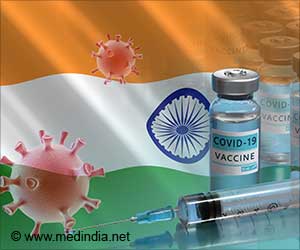Army scientists evaluated three nonhuman primate species as potential models of SARS-CoV-2 airborne infection,

‘Experts are working to develop medical countermeasures for COVID-19, and testing in animal models is important to evaluate the efficacy of these products.’
Read More..




In this paper, first author Sara C. Johnston, Ph.D., and colleagues at the U.S. Army Medical Research Institute of Infectious Diseases analyzed two additional nonhuman primate species as potential models of COVID-19 in humans.Read More..
The team exposed cynomolgus macaques, rhesus macaques, and African green monkeys to SARS-CoV-2 using a model system invented at USAMRIID that generates a controlled dosage of highly respirable airborne particles within a sealed chamber. Scientists then monitored the animals for up to 18 days, documenting clinical disease findings and comparing them to human cases.
All three species developed disease that resembled mild acute respiratory disease in human patients, and all had corresponding viral loads in nasal and throat swabs. Respiratory abnormalities and viral shedding also were observed for all animals.
"In general, the clinical disease characteristics we noted are similar to those described by others in the field," Johnston commented.
"One exception is the presence of fever in all cynomolgus macaques on this study. This finding was exclusive to cynomolgus macaques and was detected only by using implanted body temperature-monitoring devices. Since fever is a hallmark of COVID-19 for human patients, this represents an important clinical finding."
Advertisement
Overall, the USAMRIID data indicate that macaques, in addition to African green monkeys, can be infected by airborne SARS-CoV-2, providing natural transmission models for evaluation of vaccines and treatments.
Advertisement
Having more than one viable model in place, she added, will help to facilitate a more rapid deployment of new medical products to mitigate the COVID-19 pandemic.
Source-Eurekalert







